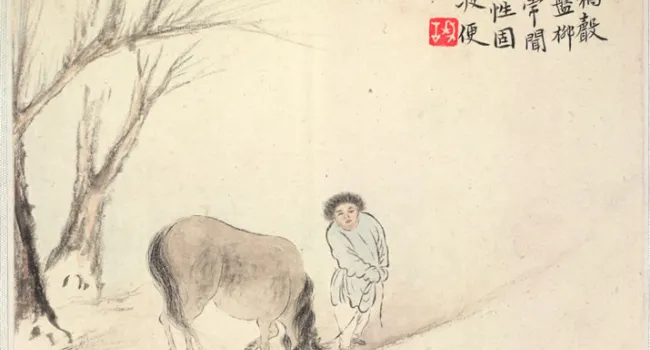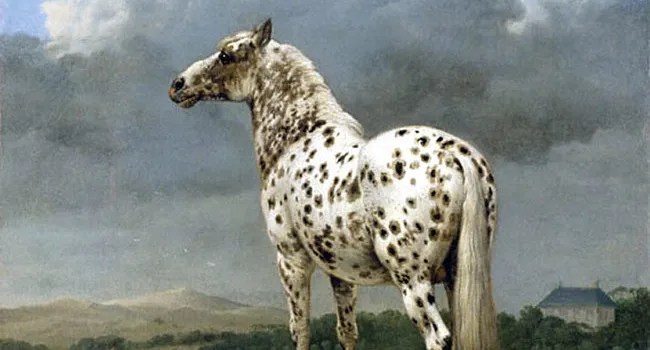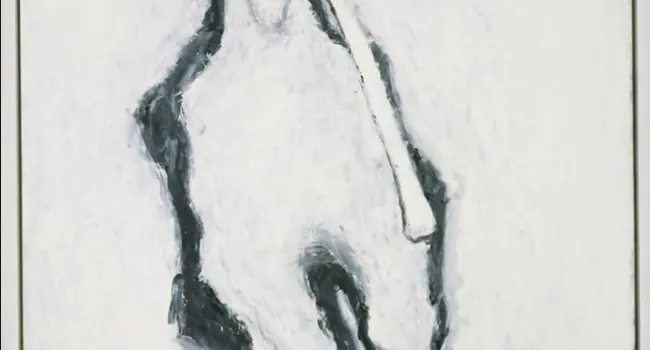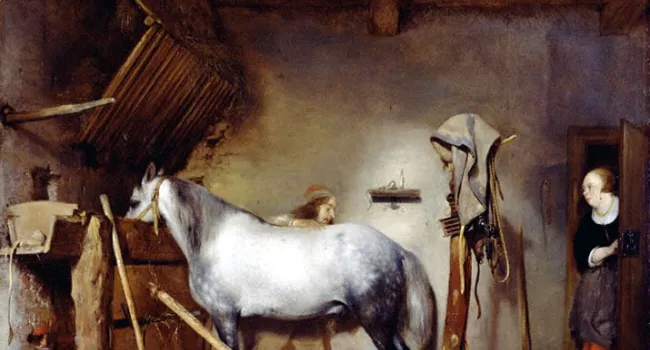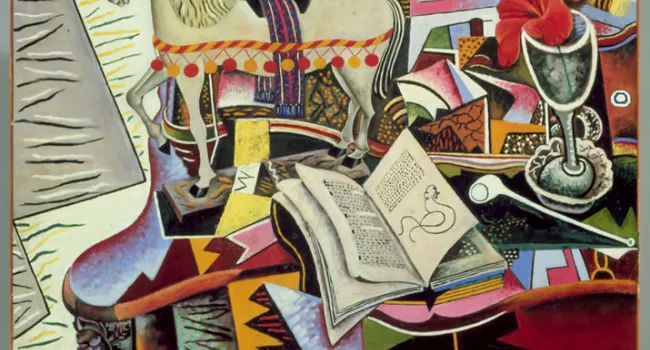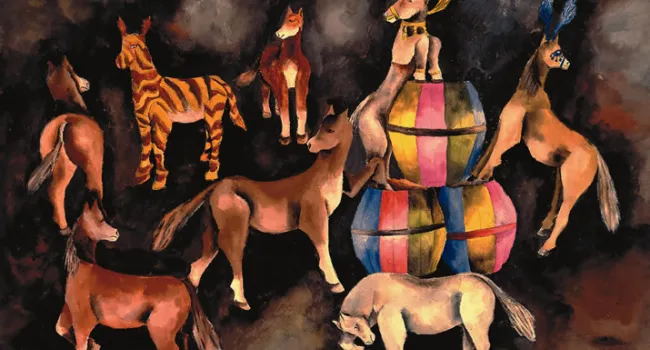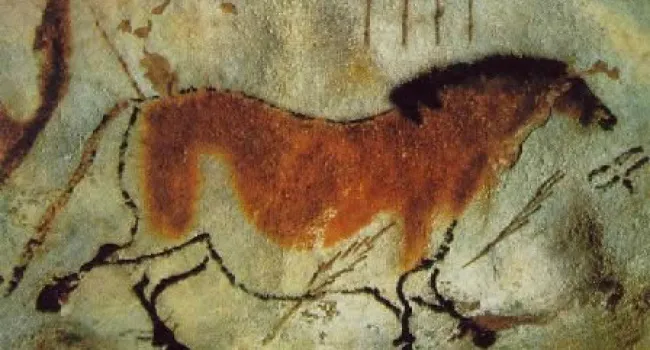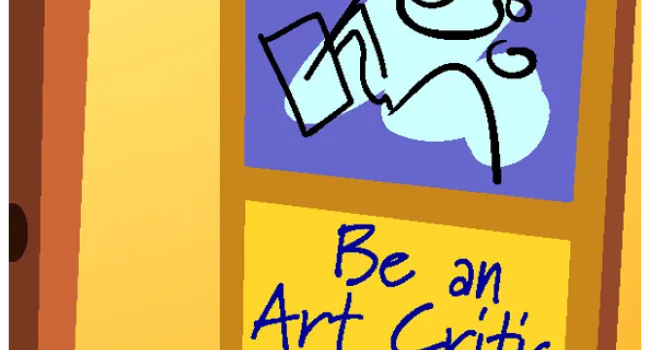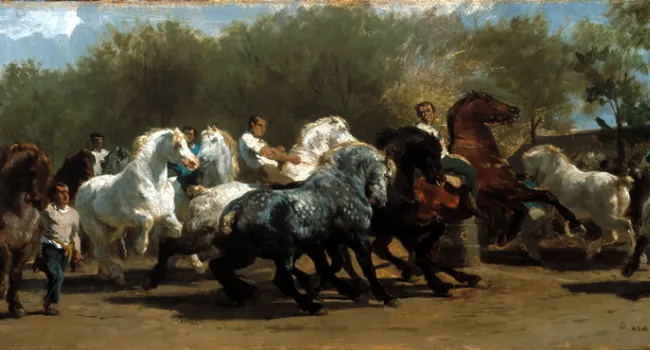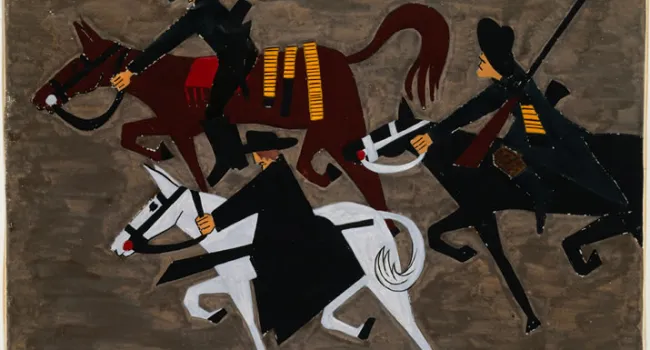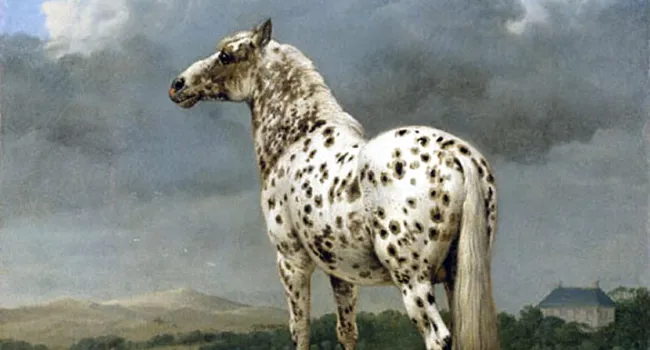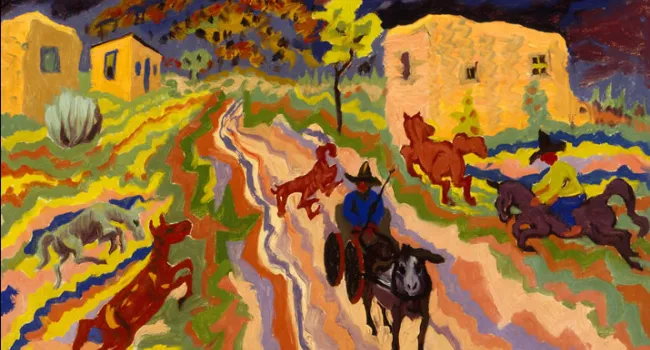
William Bouguereau
A Closer Look
What do you notice first in Arion on a Sea Horse? Is it the lyre, the small harp that Arion is holding? William Bouguereau draws our attention to the lyre by making it the only white element in the painting. Next, we are led to Arion and then to the seahorse's head. The process of going from one part of an artwork to another is called movement, which can also be created by repeating a pattern. Notice the pattern behind Arion. What kinds of patterns do you like to draw?
About the Painting
Arion on a Sea Horse is based on a myth about a Greek poet and singer named Arion. While he was traveling on a ship from Corinth to Italy, Arion realized he was in danger--the sailors wanted to kill him and steal his belongings. Arion asked permission to sing one last song, accompanying himself on his lyre. When he was finished he threw himself into the ocean. A seahorse, attracted by his song, rescued Arion and took him to land, arriving before the ship. When the sailors landed they were punished for treating Arion so badly.
About the Artist
At nineteen William Bouguereau won first prize for one of his figure paintings, which helped him decide to become an artist. He continued his art education in Paris and Rome, studying the Renaissance masters. His classical, traditional style began to seem old fashioned when Impressionism grew popular, but there was still a market for his paintings, and Bouguereau died rich and famous.
Glossary
Renaissance : the period of European history from the 14th century through the 17th century, when art, science, architecture, and literature blossomed.
Impressionism : a French art movement from the 1860s, in which artists painted outdoor scenes and used small brushstrokes to illustrate reflected light.
Write About It
- Make a list of what you see.
- How did the artist use the elements and principles of design?
- What do you think the painting means? How does it make you feel?
- Select two paintings to compare & contrast.
